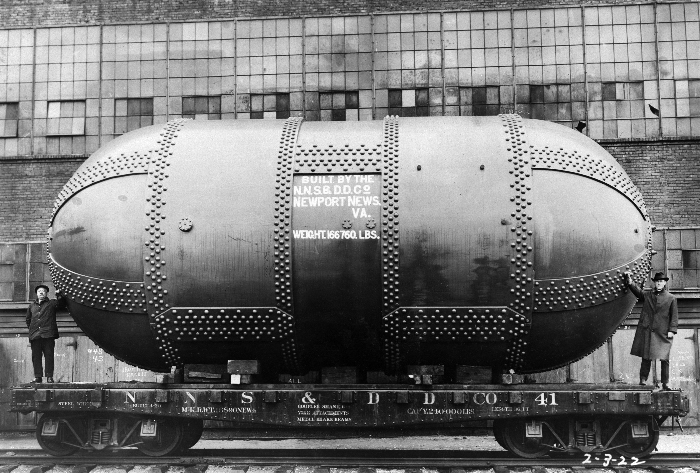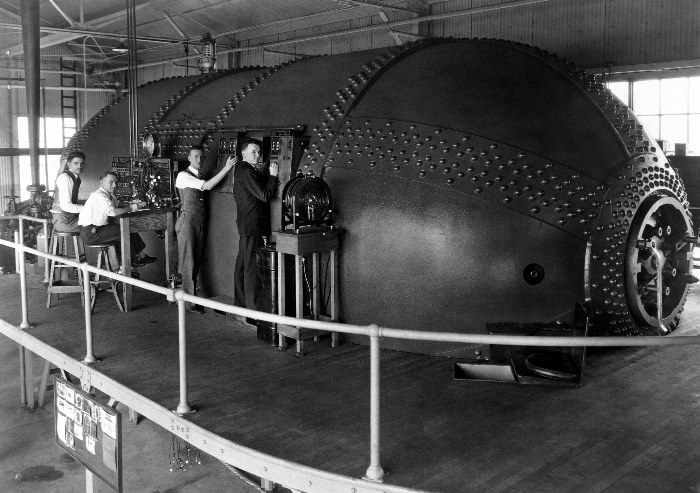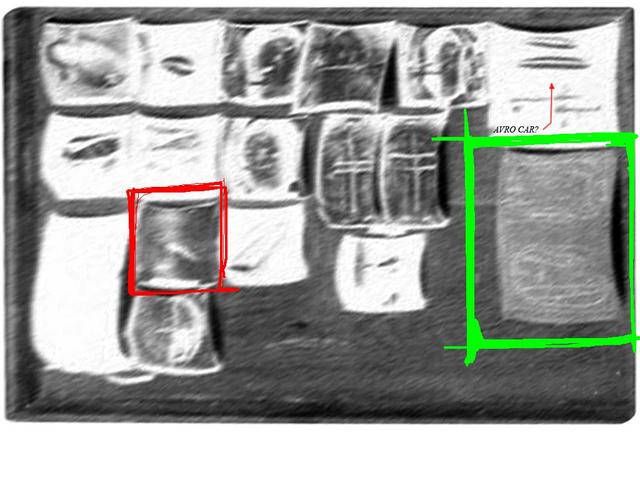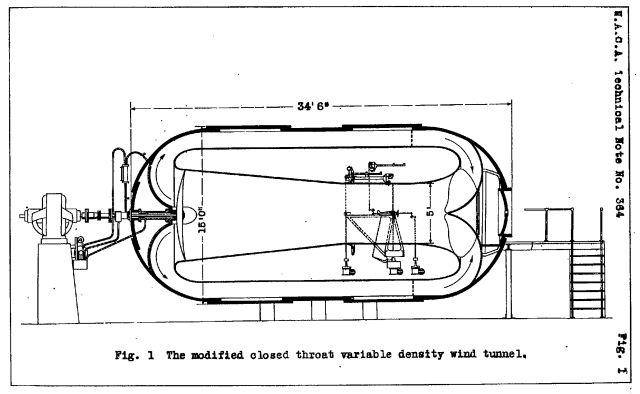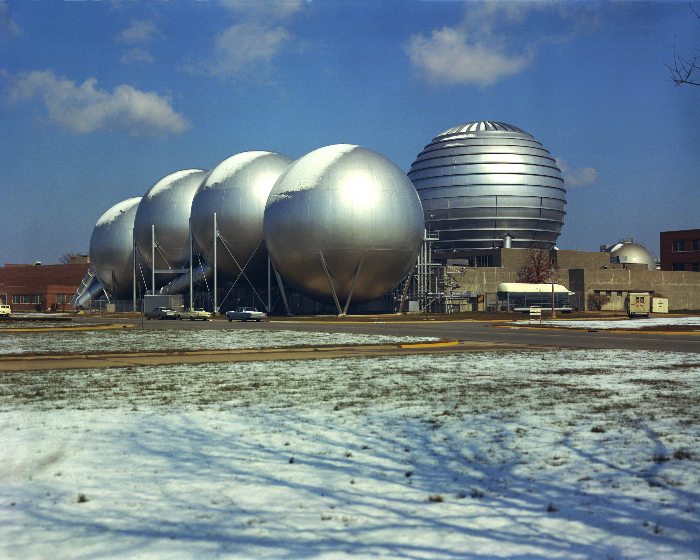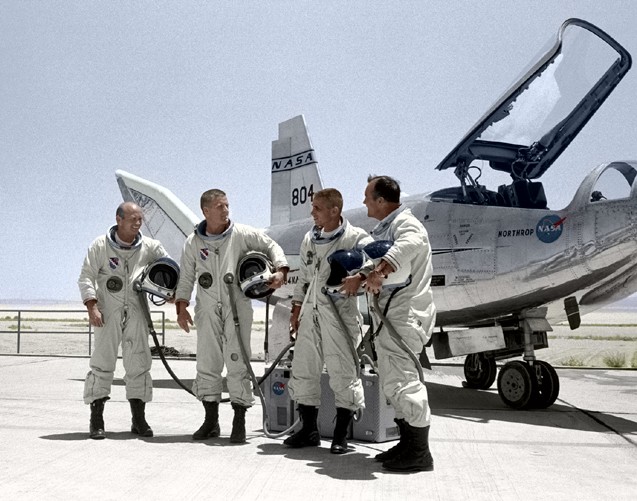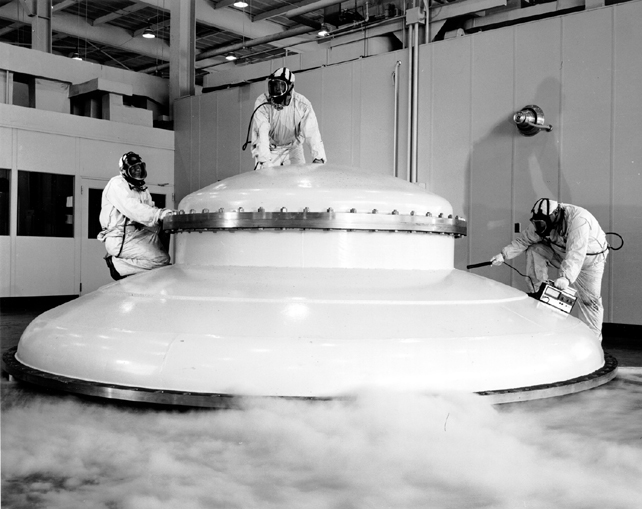|
The Variable Density Tunnel |
||
|
First operational in 1922, the Variable Density Tunnel at the Langley
Research Center in Hampton, Virginia, was the first wind tunnel in the
world to use the principle of variable density air pressure to test scale
model aircraft and it established the National Advisory Committee for Aeronautics
(NACA) as a technically competent research facility. Max
Munk, a German NACA technical assistant who was familiar with European
wind tunnel design, designed the Variable Density Tunnel--the first pressurized
wind tunnel in the world. The Variable Density Tunnel was able to
predict flow characteristics of test aircraft models more accurately than
any other tunnel in existence at that time. In 1927 the Variable Density
Tunnel was partially destroyed by a fire that damaged its interior. The
tunnel was rebuilt and operational by 1930.
The Variable Density Tunnel was deemed obsolete by the standards of the day in the 1940s and was gutted. It was then used as a pressure tank to support the operation of the Vertical Wind Tunnel and Low Turbulence Wind Tunnel. Although declared potentially unsafe for further operations in 1978, all modern Variable Density Tunnels are merely an extension of this idea first formulated and put into operation by Munk in 1921. The Variable Density Tunnel was a technological jump that rejuvenated American aerodynamic research which had fallen behind European countries prior to World War I and eventually led to the development of the best aircraft in the world. Source |
||
|
The first wind tunnel in the world to use the principle of variable
density air pressure to test scale model aircraft, this was the first research
facility to establish the technical competence of the National Advisory
Committee for Aeronautics, parent agency of the National Aeronautics and
Space Administration. Source
Image # : L-3310 NASA Center: Langley Research Center Left to right: Eastman Jacobs, Shorty Defoe, Malvern Powell, and Harold Turner. In this photo taken on March 15, 1929, a quartet of NACA staff conduct tests on airfoils in the Variable Density Tunnel. (In 1985, the Variable Density Tunnel was declared a National Historic Landmark.) Eastman Jacobs is sitting (far left) at the control panel. |
||
|
.
Good one! That would be a Coanda Effect "flying saucer", but the Avro Aerocar wasn't built until the fifties, though disk designs would certainly be something to test in a wind tunnel But this thing was built by a German Scientist in 1921ish. Even Tesla didn't have his saucer patent yet. The National Monument page states... So less than 20 years after flight was first achieved, we have the precursor to NASA (the NACA) having German scientist building experimental wind tunnels that were a "a technological jump" I find that curious |
||
|
||
|
.
Image # : L-1969-02164 Date : 03/07/1969 Snow on the Vacuum Spheres Full Description These vacuum spheres, now part of Langley's Hypersonic Facilities Complex, have been dusted by a light fall of snow in this 1969 photo. |
||
|
.
NASA Center: Dryden Flight Research Center
Image # : E-21539 Date : 01/01/1969 HL-10 On Rogers Dry Lake Bed With Pilots The four principal HL-10 pilots are seen here with the lifting body aircraft. They are, left to right; Air Force Major Jerauld R. Gentry, Air Force test pilot Peter Hoag, and NASA pilots John A. Manke and Bill Dana. The HL-10 was one of five lifting body designs flown at NASA's Dryden Flight Research Center, Edwards, California, from July 1966 to November 1975 to study and validate the concept of safely maneuvering and landing a low lift-over-drag vehicle designed for reentry from space. |
||
|
.
NASA Center: Dryden Flight Research Center
The M2-F1 lifting body is seen here under tow at the Flight Research Center (later redesignated the Dryden Flight Research Center), Edwards, California. The wingless, lifting body aircraft design was initially conceived as a means of landing an aircraft horizontally after atmospheric reentry. The absence of wings would make the extreme heat of re-entry less damaging to the vehicle. In 1962, Dryden management approved a program to build a lightweight, unpowered lifting body as a prototype to flight test the wingless concept. It would look like a "flying bathtub," and was designated the M2-F1, the "M" referring to "manned" and "F" referring to "flight" version. It featured a plywood shell placed over a tubular steel frame crafted at Dryden. Construction was completed in 1963. The first flight tests of the M2-F1 were over Rogers Dry Lake at the end of a tow rope attached to a hopped-up Pontiac convertible driven at speeds up to about 120 mph. These initial tests produced enough flight data about the M2-F1 to proceed with flights behind a NASA C-47 tow plane at greater altitudes. The C-47 took the craft to an altitude of 12,000 feet where free flights back to Rogers Dry Lake began. |
||
|
.
NASA Center: Dryden Flight Research Center |
||
|
FAIR USE NOTICE: This page contains copyrighted
material the use of which has not been specifically authorized by the copyright
owner. Pegasus Research Consortium distributes this material without profit
to those who have expressed a prior interest in receiving the included
information for research and educational purposes. We believe this constitutes
a fair use of any such copyrighted material as provided for in 17 U.S.C
§ 107. If you wish to use copyrighted material from this site for
purposes of your own that go beyond fair use, you must obtain permission
from the copyright owner.
|
||
| ~ MENU ~ |
